AI is a game-changer when it comes to driving collaboration and user adoption of software. With the integration of comprehensive SharePoint analytics, organizations can harness powerful insights into user behavior and preferences, leading to more intuitive, engaging, personalized, and efficient software experiences. In this article, we explore the various ways AI, along with comprehensive SharePoint analytics, can revolutionize collaboration and increase user adoption rates.
- Personalized experiences: AI can analyze user behavior and preferences to create personalized interfaces, recommendations, and learning pathways, which can lead to increased user engagement as well as satisfaction.
- Intelligent assistance: AI-powered virtual assistants and chatbots can help users navigate software features, answer questions, and provide support, reducing the learning curve and making it easier for users to adopt new software.
- Collaboration tools: AI can enhance collaboration tools such as document sharing, real-time editing, and project management by providing smart suggestions, automating repetitive tasks, and organizing information more efficiently.
- Sentiment analysis: By analyzing the tone and sentiment of user interactions, AI can help identify potential collaboration roadblocks and suggest ways to improve communication, fostering a more positive and productive work environment. Sentiment Analysis automatically determines the emotional tone behind online conversations and feedback. It is the process of detecting positive or negative sentiments in text. It will significantly help organizations to sort data at scale, identify critical issues in real-time and improve accuracy and gain better insights because criteria are more consistent.
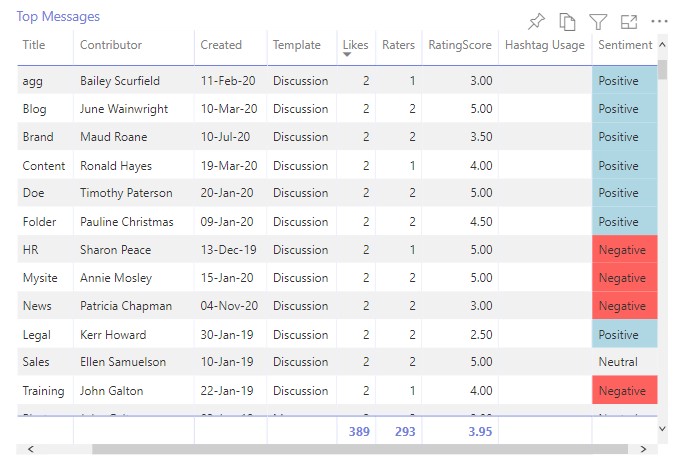
- Smart notifications: AI can help prioritize notifications and alerts based on the user’s preferences and relevance, reducing information overload and ensuring that important updates are not missed.
- Workflow automation: AI can streamline workflows by automating repetitive tasks, data entry, and routine processes, freeing up time for users to focus on more strategic, collaborative activities.
- Predictive analytics: AI can analyze historical data and patterns to predict future trends, risks, and opportunities, enabling users to make more informed decisions and collaborate more effectively.
- Natural Language Processing (NLP): AI can process and understand human language, making it easier for users to interact with software and collaborate using their preferred communication styles.
- Cross-platform integration: AI can help integrate various software tools and platforms, simplifying workflows and making it easier for users to collaborate across different applications.
- Continuous improvement: AI algorithms can learn from user feedback and behavior, enabling software to continuously evolve and adapt to user needs, ensuring long-term adoption and satisfaction.
By incorporating these AI-driven features and capabilities into software, developers can create more engaging, efficient, and user-friendly experiences that encourage collaboration and increase user adoption.

*CardioLog Analytics can help organizations to detect sentiment in social data, and understand employees. We have integrated sentiment analysis into our reports for social platforms, including Teams, Viva Engage (Yammer), and SharePoint social to help organizations interpret user feedback, questions, and queries to support them better or inform management of what is needed in training. These extra insights will also enhance the usability of the platforms to ensure that the users are more productive and collaborative in the platforms. Contact CardioLog Analytics at info@intlock.com to get more information about our Sentiment Analysis or to set up a demonstration for your organization.


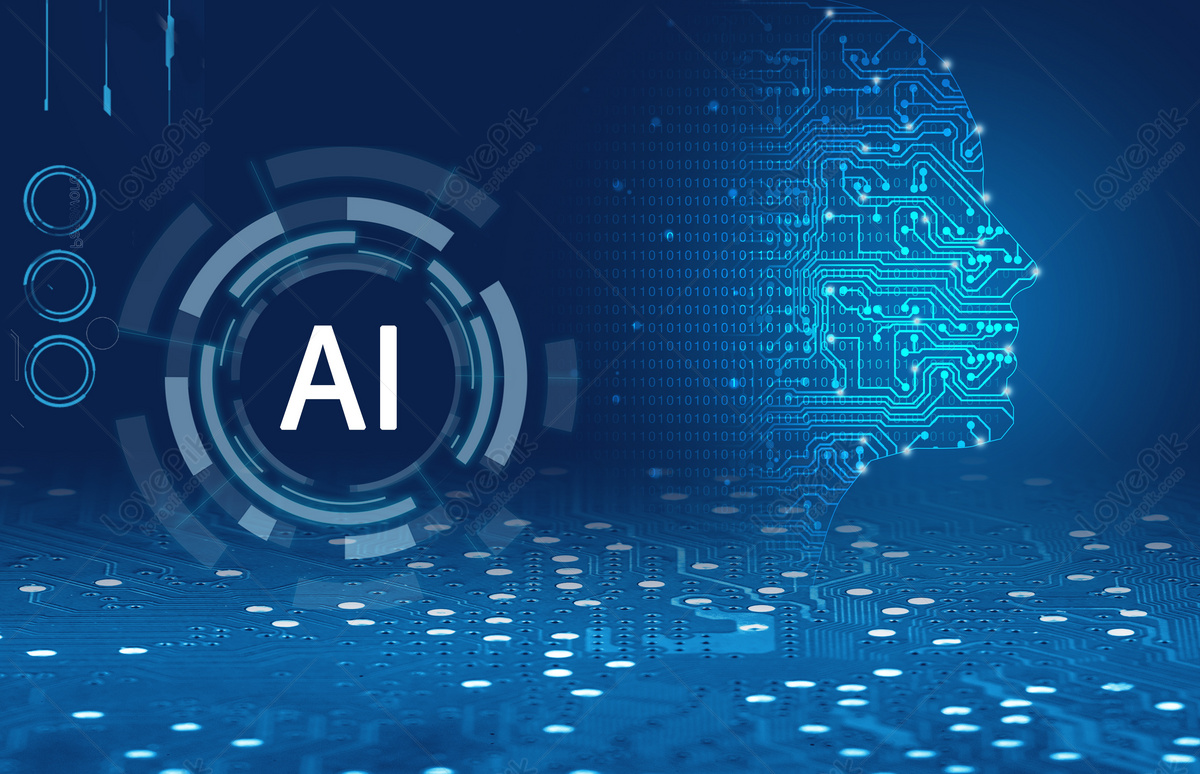


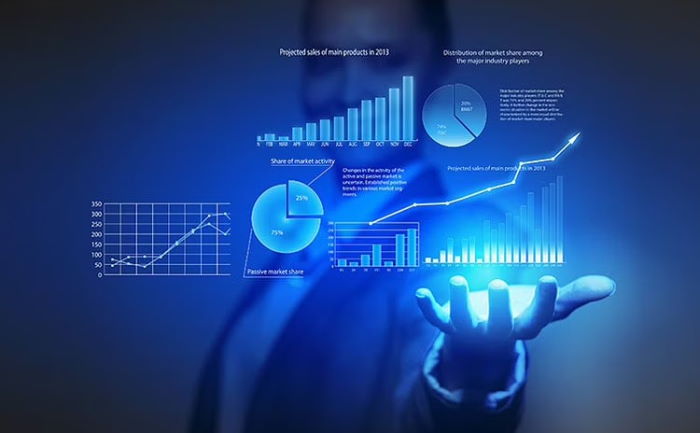


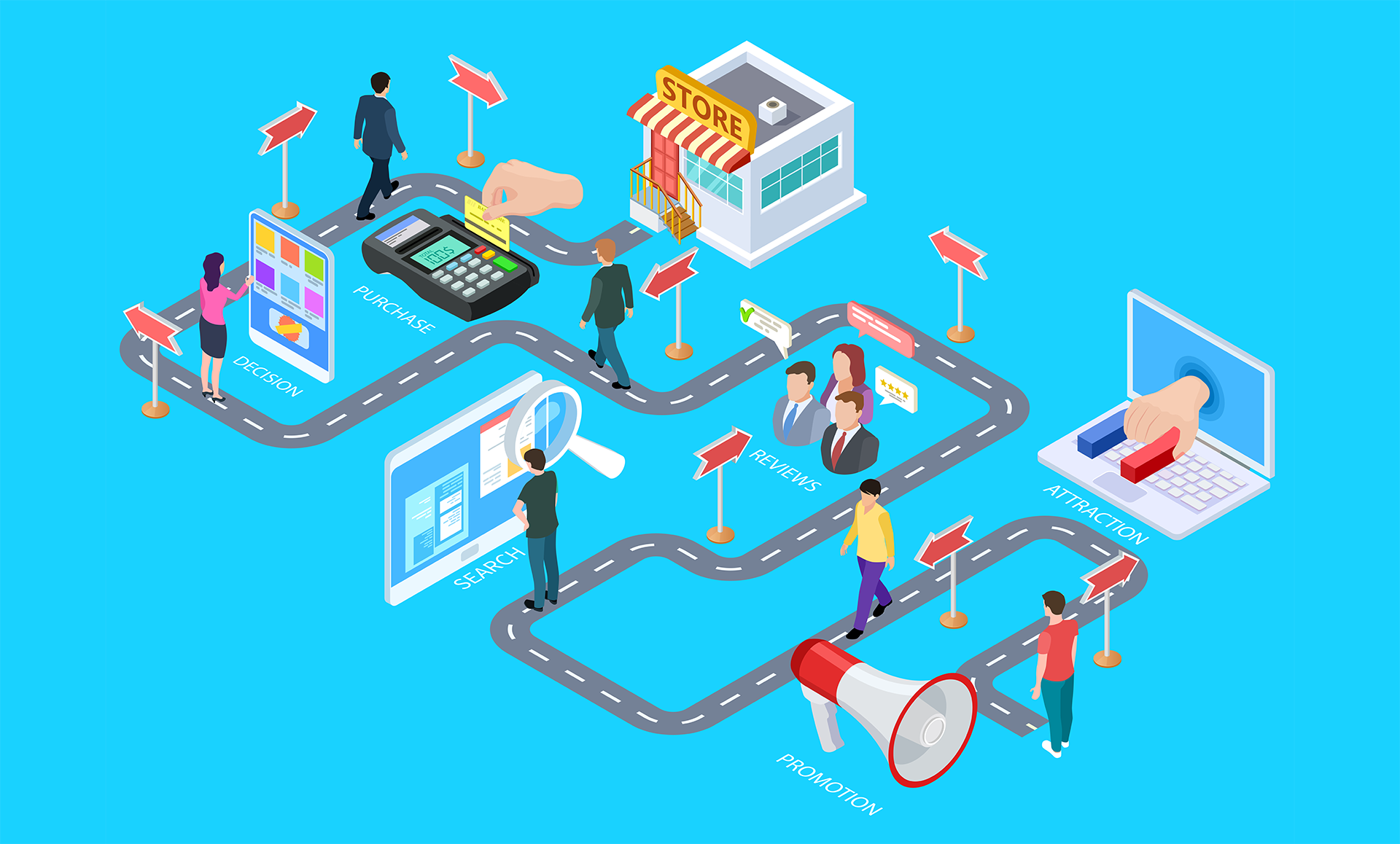

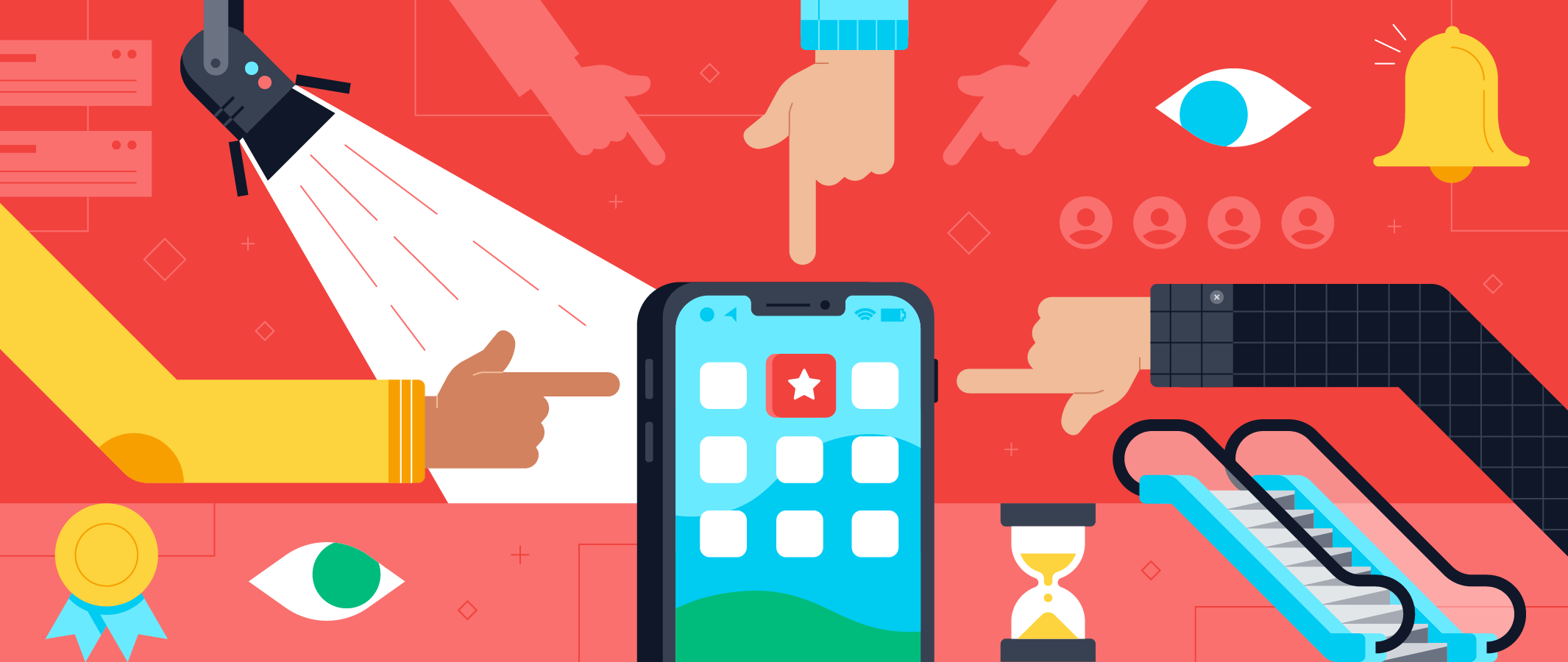
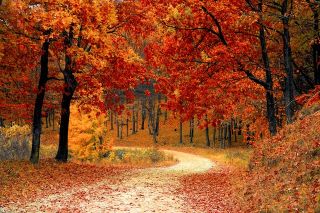

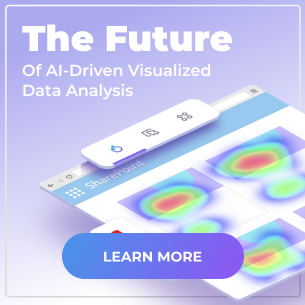
 Follow @cardiolog
Follow @cardiolog 